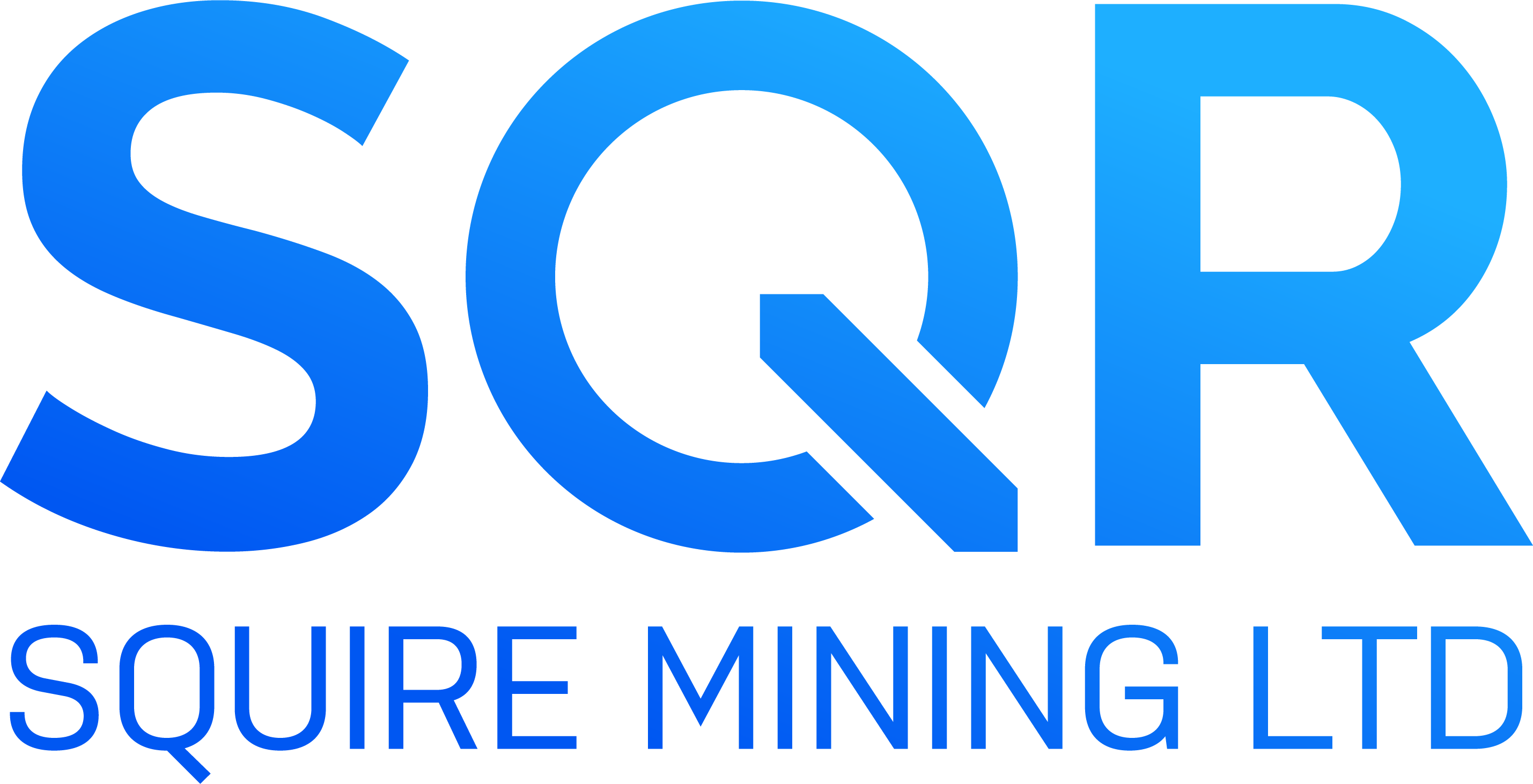Cryptocurrency mining is all about performance—that is, getting maximum processing power (‘hash rate’) for every watt of energy used. Since that has a direct effect on profitability, just as ‘search engine optimizer’ was once a new job to help companies win attention on Google, now there are crypto optimizers too.
And they’re in great demand, according to Kristy-Leigh Mineham, an expert in the field. Speaking to me from Seattle, Washington, she explained that both the hardware and the software in a mining rig can be tweaked.
Working for many of the giants in the industry since 2010, Kristy-Leigh examines a rig and makes many small improvements that add up to better performance: “I’m good at looking for bottlenecks and smoothing them out—or removing them entirely,” she says.
The first job is to look at the software: “software optimization can occur at a number of levels—there’s the design level, which is all about your architecture—what hardware is the software working with? What language are you using? Then there’s the algorithmic level—my favorite—where it’s all about making the best use of the available hardware. You’d be surprised at how awful most implementations are.”
It gets more technical, the deeper into the software you go: “At the source code level, you can go in and refactor the code all the way down to the compile and assembly level, where you take what the source code was translated into and make sure things didn’t get lost in translation. And if they did? Correct it by hand, in the machine’s native language.”
It’s like having a team of engineers working on a racing car at the pit-stop: Kristy-Leigh will go in with her digital wrenches and spanners, fixing problems. Hardware optimization is different. “In hardware, you’re limited by what you get from the factory. The best you can do is tune the frequency of each individual chip. In some cases, you can do circuit board modifications to increase stability and performance. Very rarely, you can replace the entire software layer that controls it.”
It’s a role Kristy-Leigh seems born for. From a young age, she say, she’s been breaking things in order to improve them. “I was mostly into video games early on. With a hex editor, you could see a live view of a video game’s memory and manipulate bytes in real time, which meant you could see the effects instantly. And you could also set breakpoints, which let you overwrite preprogrammed game logic. Video games taught me a ton about basic command lines, Boolean algebra, binary formats, networking basics, and even cryptography. I guess that means I’ve been a hacker from the start of my life—if you take the original definition,” she laughs.
Her love of secrets led to an interest in cryptography and from there, she was naturally drawn to the ideas behind the original Satoshi white paper when it was dropped into an online chat room she frequented. “I thought, here’s the kind of technology that’s really going to disrupt the world.”
Armed with her limited knowledge, Kristy-Leigh started mining Bitcoin—chasing high scores in hashrate rather than gaming points. When she’d maximized the hashrate numbers, she went into the source code, just as she’d done with video games: “I think I shaved a few instructions down into one—and then I was like ‘oh, hang on, that actually changed something. It’s faster now’. It was just like a video game. I was hooked.”
She started doing odd bits of contractor work under many pseudonyms, often getting paid in Bitcoin—in numbers that looked impressive but at the time amounted to cents. Of course, having a stake in Bitcoin at those values turned out to be a good investment, as long as you hung on to most of it. And yes, Kristy-Leigh admits, she did. It’s provided the initial investment for her own startup companies and worldwide travels.
Today, there’s growing demand for people who understand crypto technology as intimately as Kristy-Leigh does. “There are more and more coins out there, every day, and each of them requires fine-tuning and tweaking,” she says.
Kristy-Leigh is bullish about the long-term prospects for crypto and blockchain technology, but believes it will only come of age when it’s been embedded in three big sectors: banks, ecommerce, and gaming.
“Banks are easy—the promise of more efficient, cheaper transactions makes blockchain a natural. But the banks that are already pursuing it are less established than their more conservative counterparts.” Once a big bank in the States, Canada or the United Kingdom begins to adopt blockchain, Kristy-Leigh believes, it won’t affect the user experience but will be a big change behind the scenes, resulting in a sharp decrease in fees.
“Then, we’ve got ecommerce. When online retailers start to cut out the fees now charged for handling and transacting, we’re going to see the true power of blockchain hitting the biggest markets. And smart contracts will help retailers, too, with inventory and delivery tracking and with warranties and services. Smart contracts are going to revolutionize the retail space.”
Finally, perhaps more surprisingly, there’s gaming: “Gaming has become a critical part of everyday life for all ages. Every year more resources are put into cyber protection and anti-cheating mechanisms. If you could use the blockchain to track and verify virtual assets in an MMO [massive multiplayer online game], you’d cut down on a lot of unnecessary overhead and be able to track purchases and refute chargebacks in a pretty streamlined manner—instead of the current system that costs Apple alone millions of dollars each month.”
More stable cryptocurrency prices will help speed up adoption. Kristy-Leigh says their volatility has been like “stocks on steroids”, but notes that values are already less volatile than they have been. “We’ve got more historical data to play with now. We know that in the last financial quarter of the year, crypto prices swell. Christmas is a big facilitator of that.”
When it comes to the inevitable question about being a woman in the field, Kristy-Leigh laughs. “It’s never affected me,” she says. “The only people who ever cared about my gender were people who didn’t care about my code. In the space I come from, people only judge you from the quality of your commits*, not the quality of your… sorry, pardon my Australian!”
* In software development, a commit is the making permanent of a set of proposed changes.
Kristy-Leigh Mineham will be speaking at the CoinGeek Week Conference in London on Friday November 30, along with other industry leaders.
Note: Tokens on the Bitcoin Core (segwit) Chain are Referred to as BTC coins. Bitcoin Cash (BCH) is today the only Bitcoin implementation that follows Satoshi Nakamoto’s original whitepaper for Peer to Peer Electronic Cash. Bitcoin BCH is the only major public blockchain that maintains the original vision for Bitcoin as fast, frictionless, electronic cash.
The post Make mine a double: How to get more from your mining appeared first on Coingeek.

